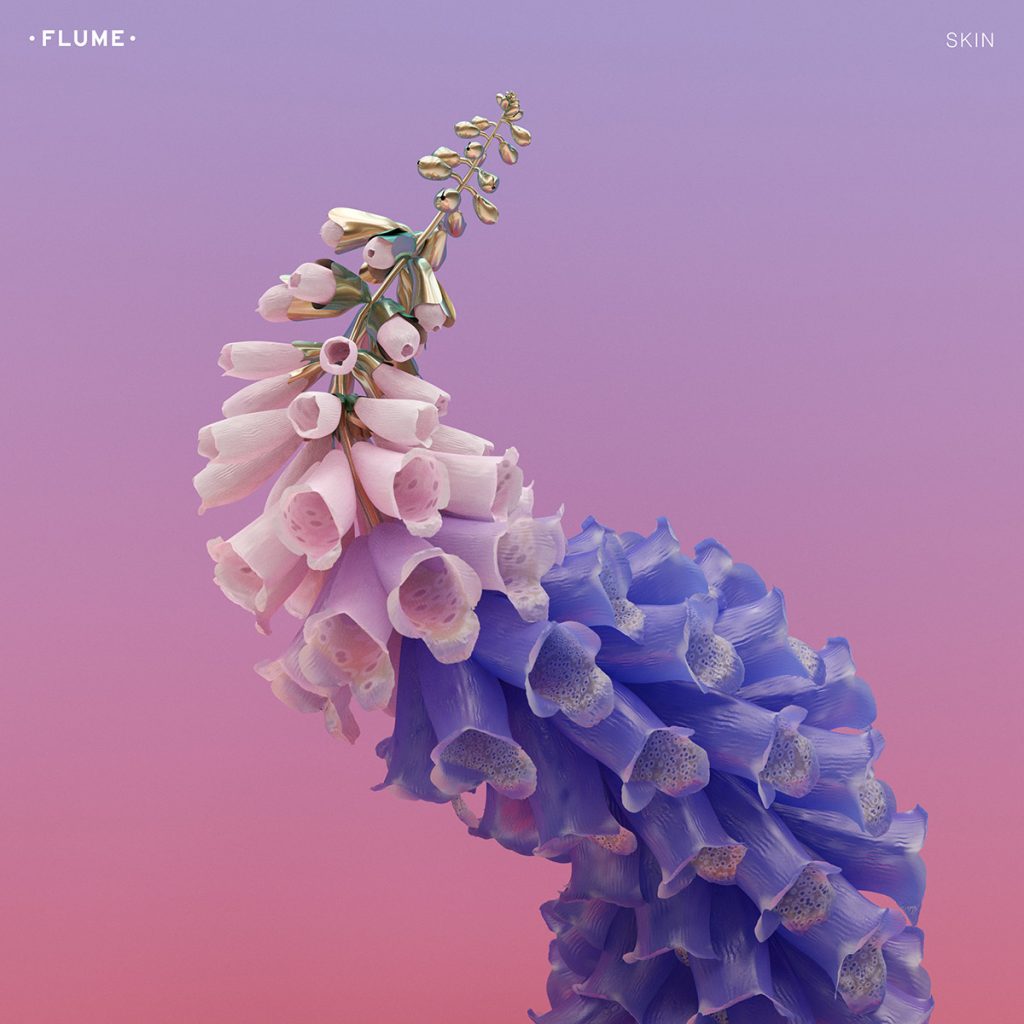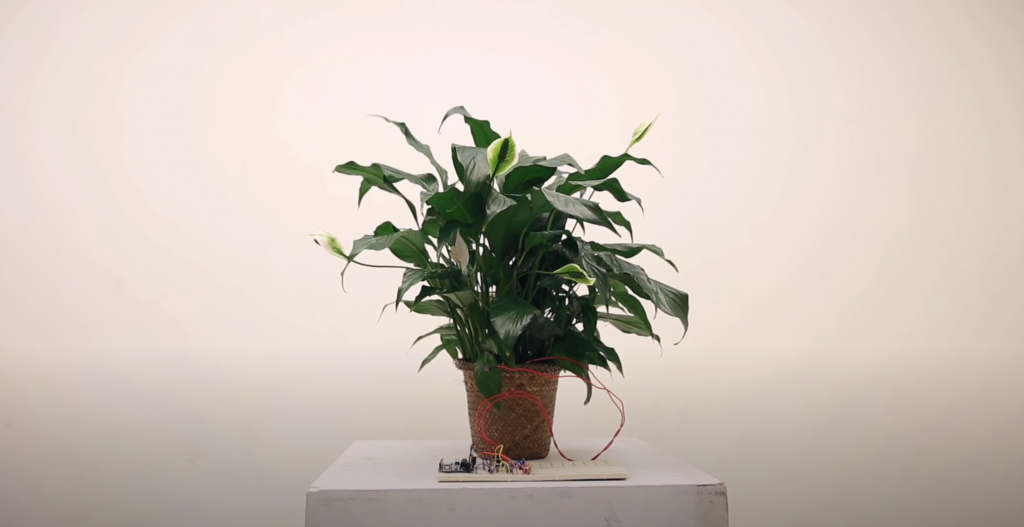
In 2016, Johnathan Zawada created “Skin” for Flume’s Grammy-winning album of the same name. Zawada created this 3D computer graphic with node structures and algorithms to generate different variations of the flower petals and patterns/textures on the petals. He also used Adobe programs in editing.
I admire the level of detail in this piece. Zawanda created intricate patterns on each petal creating a really interesting composition in contrast to the simplicity of the background. I also admire how his use of color evokes the same emotion as the music from the album. This sync between the imagery and the sound enhances the experience of the song.
Zawada’s artistic sensibilities are seen in this piece through the balance of “light and feathery” like the flowers and “concrete” elements like the silver bells. Zawada states he wanted to “explore ways of making the digital become organic and find tension points between comfort and discomfort.” Zawada went on to create more audiovisuals for Flume’s live shows and future albums.
![[OLD FALL 2020] 15-104 • Introduction to Computing for Creative Practice](../../../../wp-content/uploads/2021/09/stop-banner.png)




